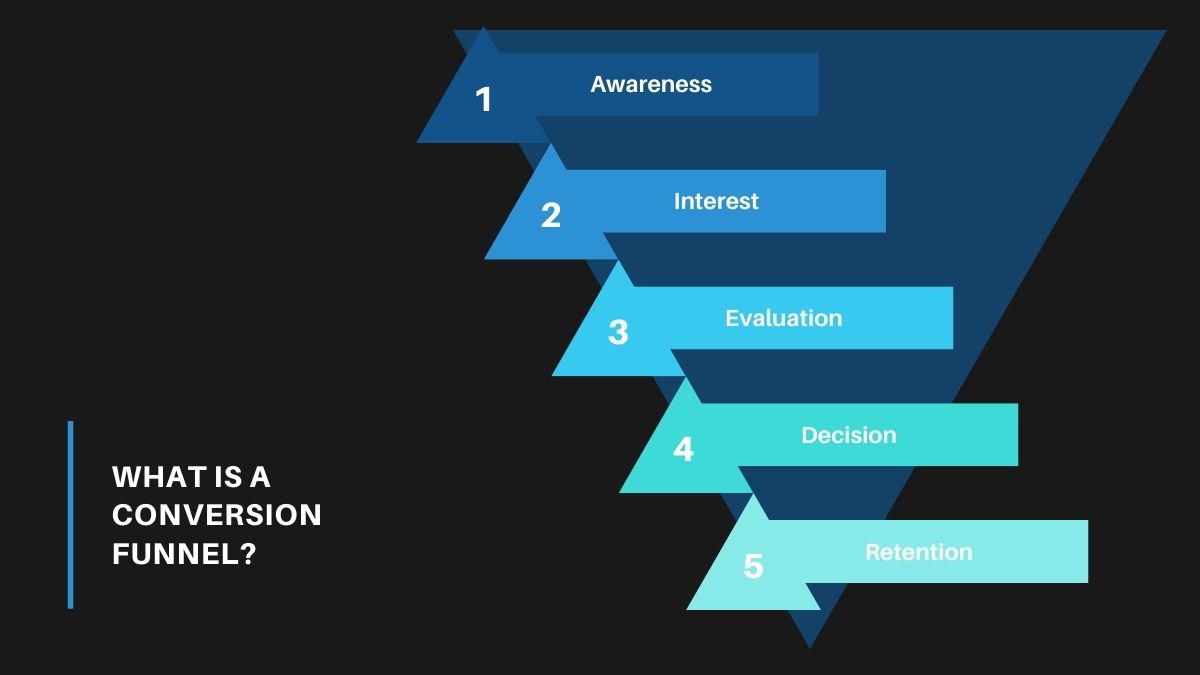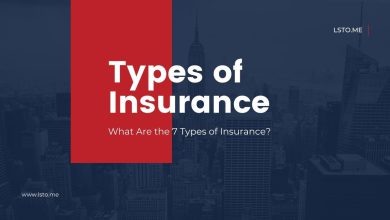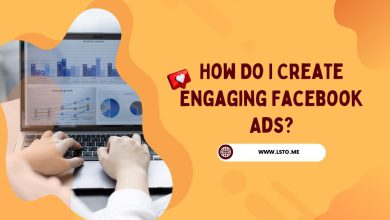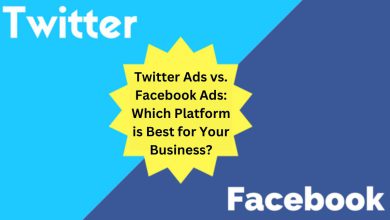
In the world of digital marketing, understanding the conversion funnel is crucial for businesses aiming to maximize their online success. A conversion funnel, also known as a sales funnel, represents the journey that potential customers take from the initial point of contact to the final desired action, such as making a purchase or filling out a form. In this blog post, we will delve into the concept of a conversion funnel, its stages, and the strategies to optimize it for optimal results.
The Stages of a Conversion Funnel:
A typical conversion funnel consists of several stages, each representing a crucial step in the customer’s decision-making process. Let’s explore these stages:
1. Awareness:
At the top of the funnel, the awareness stage is where potential customers become aware of your brand or product. This can happen through various channels such as social media, search engines, or word-of-mouth. The key here is to create engaging and informative content that grabs their attention and sparks their interest.
2. Interest:
Once potential customers are aware of your brand, they enter the interest stage. Here, they actively seek more information and engage further with your content. This could involve browsing your website, reading blog posts, watching videos, or exploring product/service descriptions. It’s important to provide valuable and relevant content that addresses their needs and pain points, building their interest and trust in your brand.
3. Evaluation:
In the evaluation stage, potential customers are considering whether your product or service meets their specific needs. They compare your offerings with competitors, read reviews, and seek testimonials. It’s crucial to showcase your unique value proposition and provide social proof to instill confidence and convince them of your superiority.
4. Decision:
Once potential customers have evaluated their options, they reach the decision stage. Here, they are ready to make a purchase or take the desired action. Make the process seamless by offering clear calls-to-action, intuitive navigation, and a streamlined checkout process. Address any concerns or objections they may have, and provide incentives or special offers to encourage conversion.
5. Retention:
The conversion funnel doesn’t end after a successful conversion. Retention is a vital stage focused on nurturing existing customers, encouraging repeat purchases, and fostering brand loyalty. Stay engaged with personalized email marketing, loyalty programs, and exceptional customer service to keep customers coming back and turning them into brand advocates.
Optimizing Your Conversion Funnel:
To maximize the effectiveness of your conversion funnel, consider these optimization strategies:
1. Clear and Compelling Messaging:
When it comes to driving conversions, clear and compelling messaging is crucial at every stage of the funnel. From awareness to consideration, and finally, decision-making, tailoring your message can make all the difference in capturing potential customers’ attention and encouraging them to take action.
At the top of the funnel, addressing pain points is key. You need to grab your audience’s attention by highlighting the problems they may be facing. By identifying their pain points right from the start, you demonstrate that you understand their challenges and are offering a solution. Whether it’s through engaging blog posts or informative videos, focus on empathetic content that resonates with your target audience.
As users move further down the conversion funnel into the consideration phase, it’s important to highlight the benefits of your product or service.
2. User-Friendly Website:
In the digital age, having a user-friendly website has become crucial for businesses looking to attract and retain customers. An easy-to-navigate website not only provides a positive user experience but also increases the chances of conversion. To ensure your website is user-friendly, it is essential to optimize its navigation structure. This involves designing clear and intuitive menus, organizing content logically, and providing prominent search functionality. By doing so, visitors can easily find what they are looking for, resulting in higher engagement and increased conversions.
Another key aspect of a user-friendly website is fast loading speed. In today’s fast-paced world, users have little patience for slow-loading websites. Research shows that 40% of users abandon a website if it takes more than three seconds to load.
3. A/B Testing:
A/B testing, also known as split testing, has become an invaluable tool for optimizing conversion funnels. By experimenting with different elements such as headlines, visuals, or call-to-action buttons, businesses can gain valuable insights into what resonates best with their target audience. The process involves creating two versions of a webpage or marketing campaign and randomly splitting the traffic between them to see which performs better.
One of the key benefits of A/B testing is that it removes the guesswork from decision-making. Instead of relying on assumptions or gut feelings about what might work best, businesses can rely on data-driven insights to make informed choices. For example, by testing two different headlines on a landing page and analyzing the conversion rates for each version, companies can determine which one generates more interest and leads to higher conversions.
Furthermore, A/B testing allows businesses to continuously improve their conversion funnel over time.
4. Personalization:
Personalization has emerged as a powerful tool that allows businesses to tailor their content and messaging according to individual users.
By leveraging data such as user preferences and browsing behavior, businesses can create highly targeted experiences for each user. This personalized approach not only enhances user engagement but also increases the chances of converting them into paying customers. Understanding where users are in the conversion funnel is crucial for effective personalization.
5. Data Analysis and Iteration:
Regularly analyze your conversion funnel metrics, such as conversion rates, bounce rates, and drop-off points. Identify areas of improvement and iterate accordingly to continually enhance the performance of your funnel.
Conclusion:
Understanding and optimizing your conversion funnel is key to driving conversions and achieving online success. By strategically guiding potential customers through each stage of the funnel with relevant content and a seamless user experience, you can increase engagement, build trust, and ultimately boost conversions. Embrace the power of the conversion funnel and unlock the potential for sustained business growth.




